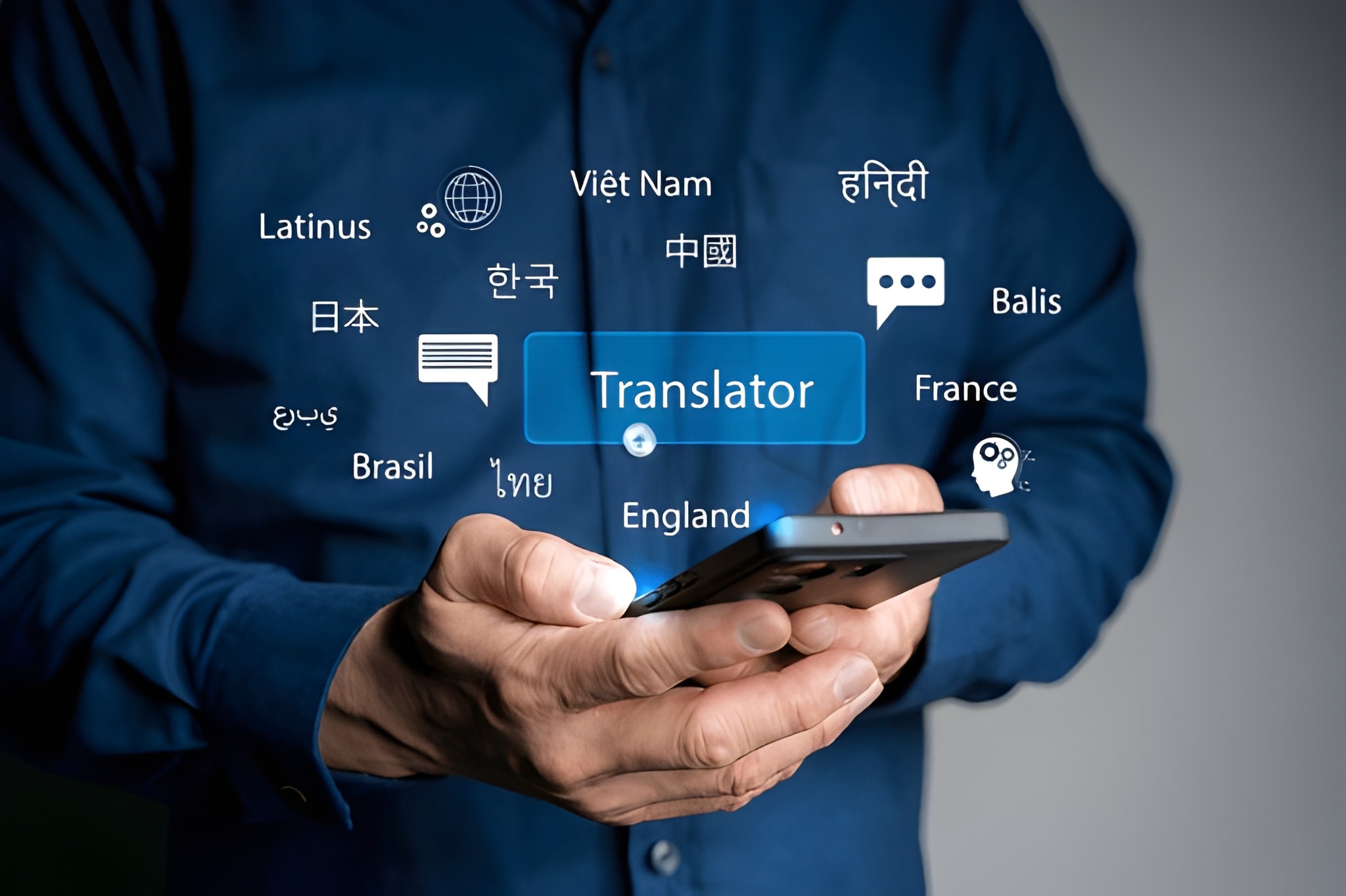When Words Don’t Cross Borders
A few years ago, while traveling in Northeast India, I met a local elder from a tribal community. He wanted to tell me a story about his village, but the only language he spoke was his native dialect, a language not even Google Translate recognized. I remember holding up my phone, hoping an app would magically make sense of it, but nothing worked. The words stayed locked in his world, and I felt frustrated that technology, so advanced in many ways, failed here.
This moment made me realize something powerful: tribal language translation challenges are not just about words. They’re about culture, identity, and access. Millions of people across Africa, Asia, and the Americas speak tribal or indigenous languages every day, yet digital translation tools often leave them behind.
So, what makes translating tribal languages so hard? And how are people from students and travelers to businesses and NGOs — coping with these gaps? Let’s dive deep into the real barriers and possible solutions.
Why Tribal Language Translation Matters
Before looking at the challenges, it’s important to understand why this issue matters in today’s connected world.
- Education: Many tribal children grow up speaking only their native tongue. Without proper translation, they struggle to access textbooks or exams written in national or global languages.
- Healthcare: Doctors in rural areas often face communication gaps when patients can’t explain symptoms in a major language.
- Tourism & Travel: Travelers who explore indigenous regions often find it difficult to connect with locals without interpreters.
- Cultural Preservation: Languages carry stories, songs, and traditions. Without translation, many of these risk being forgotten.
- Technology & AI: From WhatsApp to iOS features, tech companies are trying to include more languages — but tribal ones remain underrepresented.
According to UNESCO, nearly 40% of the world’s languages are endangered, and a large portion of these are tribal. Translation isn’t just a technical task — it’s about keeping identities alive.
The Top Tribal Language Translation Challenges
1. Lack of Written Scripts
Many tribal languages are purely oral traditions. They don’t have standardized alphabets or written records. This makes machine translation nearly impossible. How can an app translate something if there are no dictionaries, no spelling rules, and no grammar structures documented?
2. Multiple Dialects Within One Language
Imagine trying to translate “Kurdish,” only to find there are two dominant dialects — Sorani and Kurmanji — each with different scripts. Tribal languages face this issue even more severely. One community’s words may not be understood just a few villages away.
3. Limited Digital Resources
Google Translate works well with Spanish or French because there are billions of documents online to train AI. Tribal languages, however, have limited digital content. No Wikipedia pages, few online books, and almost no news articles. This creates a “data desert” for AI models.
4. Cultural Nuances and Idioms
In tribal languages, words aren’t just direct equivalents. A phrase about “rain” may carry spiritual meaning. A term for “family” may extend beyond blood relatives. Direct translation misses the cultural weight behind the words.
5. Low Commercial Incentive
Let’s be real: tech giants prioritize languages with millions of users. Translating tribal languages is costly, and companies often don’t see immediate profit. This leaves smaller research groups, NGOs, and universities to take on the challenge.
6. WhatsApp and Messaging Barriers
Ever tried reading a WhatsApp sticker in a tribal language? The app doesn’t support it. Even if you copy-paste text into a translator, many tribal scripts aren’t recognized. For communities where WhatsApp is the main communication tool, this is a real barrier.
7. Voice and Accent Issues
Voice-to-text technology (like Siri or Google Assistant) struggles with tribal accents. Even if a tribe speaks a national language like Hindi or English, their accent may confuse the software, leading to mistranslations.
8. Generational Gaps
Younger generations might speak the national language, while elders only speak tribal tongues. This creates translation gaps within the same family, making cultural knowledge harder to pass down.
9. Privacy & Trust Concerns
Many tribal communities are cautious about sharing their stories with outsiders or digital platforms. They fear misrepresentation or exploitation, which limits the availability of real-life material for translation research.
10. Technology Lag
Even when translation apps attempt to include tribal languages, updates are slow. Unlike iOS or Android, major updates for Spanish/French, tribal languages may not get font support, predictive text, or voice input at all.
Comparison: Major Languages vs. Tribal Languages in Translation
| Feature | Major Languages (Spanish, French) | Tribal Languages (e.g., Ainu, San, Khasi) |
|---|---|---|
| Written Script | Standardized | Often oral only |
| Online Resources | Billions of documents | Very limited |
| AI Support | Strong in Google, Apple, and Microsoft | Weak or none |
| Cultural Expressions | Often documented | Largely undocumented |
| Commercial Value | High (millions of users) | Low (smaller communities) |
| Translation Accuracy | 80–90% | 40–60% (when supported) |
Step-by-Step: How to Handle Tribal Language Translation in Real Life
- Identify the Dialect – First, confirm which dialect you’re dealing with. A Khasi speaker in Meghalaya may not use the same words as one in Bangladesh.
- Use Hybrid Translation – Combine machine tools (Google Translate, Microsoft Translator) with local dictionaries or Glosbe-style community resources.
- Check WhatsApp Workarounds – If you’re stuck, take a screenshot of a WhatsApp message and use Google Lens to at least identify script or words.
- Ask Local Bilinguals – Many tribal youths are bilingual. Don’t hesitate to ask for help from someone who bridges both languages.
- Cross-Verify Meaning – Always double-check translations. Tribal idioms can mean something very different than what literal translation suggests.
Real-Life Stories
- Student Example: A university student from Kenya struggled to translate her grandmother’s Kikuyu folk tales into English. She ended up using a mix of Microsoft Translator and her uncle’s oral explanations.
- Traveler Example: While trekking in Peru, I met tourists who couldn’t read Quechua signs. They had to rely on locals since Google Translate doesn’t fully support Quechua.
- Professional Example: NGOs working in Myanmar often face issues when translating tribal languages for health campaigns. They rely heavily on community interpreters rather than apps.
Sources & Validation
- UNESCO: Endangered Languages
- Google Translate Languages
- Microsoft Translator
- Glosbe Dictionary
- Statista Language Data
- Apple iOS Language Support
So, What’s the Bottom Line?
Tribal language translation challenges are more than technical glitches. They’re about missing voices, cultural loss, and digital inequality. While Google Translate or iOS may help with global languages, tribal ones need extra care — and often, a mix of human and digital help.
If you’re a student, traveler, or NGO worker, the best trick is to combine tools with real human input. And if you’re just curious? Supporting tribal language projects (like Apertium or community dictionaries) helps keep these languages alive.
FAQs
1. Which tribal languages are hardest to translate?
Languages without written scripts, like many African tribal tongues, pose the greatest challenges.
2. Can Google Translate handle tribal languages?
It supports a few, like Kurdish or Quechua, but accuracy remains low.
3. Why should we care about tribal language translation?
Because it’s not just about communication — it’s about preserving culture, identity, and knowledge.
4. What’s the best tool for tribal language translation?
There’s no single best tool. A combination of Google Translate, community dictionaries, and human interpreters works best.




